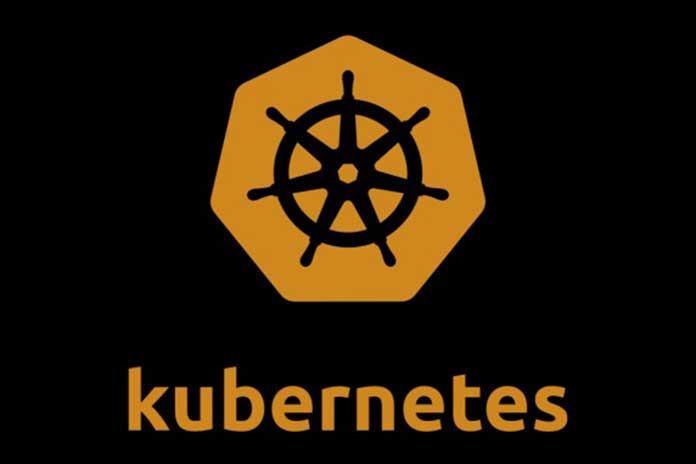One of the more confusing aspects of Kubernetes management is how to install it. That’s partly because there are numerous installation methods available. Here are the best practices for various situations.
Use a K8s engine
A GKE, or Google Kubernetes Engine, makes deploying K8s much easier because it’s a managed environment. You can deploy, manage, and scale your containerized apps through this Google framework. Multiple containers grouped together create something called a cluster. A K8s engine is just one of many tools at your disposal for easier app management.
Deploy Kubernetes singularly
There new a few one-step deployment options to install Kubernetes:
Minikube
Most developers first encounter Kubernetes through their laptops, using Minikube. With this application, IT managers can deploy single-node Kubernetes clusters locally as a local machine.
Minikube is compatible with various operating systems like Windows, OSX, Linux, and more. It’s convenient and excellent for exploration and testing, but it can’t scale, you can’t share it, and it doesn’t work for production.
Installer
The installer is one of the easiest and most versatile ways to deploy Kubernetes for those with good technical skills. If you can solve problems during setup because you have a depth of knowledge and understanding of the design of Kubernetes, you’ll appreciate this method. You’ll be able to deploy on multiple nodes on a public cloud, as virtual machines within a data center, or as servers.
Installing clusters manually
Manual clusters are valuable when you want to deploy a minimum viable cluster. There are some steps along the way during setup that you should install manually, especially when it’s your first time deploying a Kubernetes cluster.
Kubeadm
The most popular form of manual cluster installation is using the kubeadm tool to deploy clusters through people. You can use a few initial instructions to install k8s components. You have to execute some steps manually before you can compute the group.
Installing clusters automatically
Automatic cluster installation uses a provider’s distribution installers, scripts, or automation tools. This is the easiest and best practice if you’re looking to deploy Kubernetes clusters ready for production on-premises or manually manage clusters.
KubeSphere
KubeSphere is a top recommendation because you can use it for K8s distribution, and it’s also a platform that offers cloud-based solutions for Kubernetes. There are numerous add-ons, tools, and more that KubeSphere can deploy with Kubernetes. You can use KubeSphere on pre-established k8s clusters as well.
Managing clusters
There are also ways that you can deploy Kubernetes at production-grade levels, such as with EKS (Elastic Kubernetes Service). Installation experts can use this program alongside Amazon services and Kubernetes simultaneously. IT managers can use simple command tools to begin running a cluster within a few minutes.
Magnum
The OpenStack system is popular in the Kubernetes community, for installation, management, and k8s maintenance. Cloud customers will see several benefits from using this system that requires minimal effort to get things up and running.
Before you go
There are countless tools and methods available for k8s deployment, but these are the more popular strategies at the moment. The way you select is totally up to you, your skill level, and your business needs.


